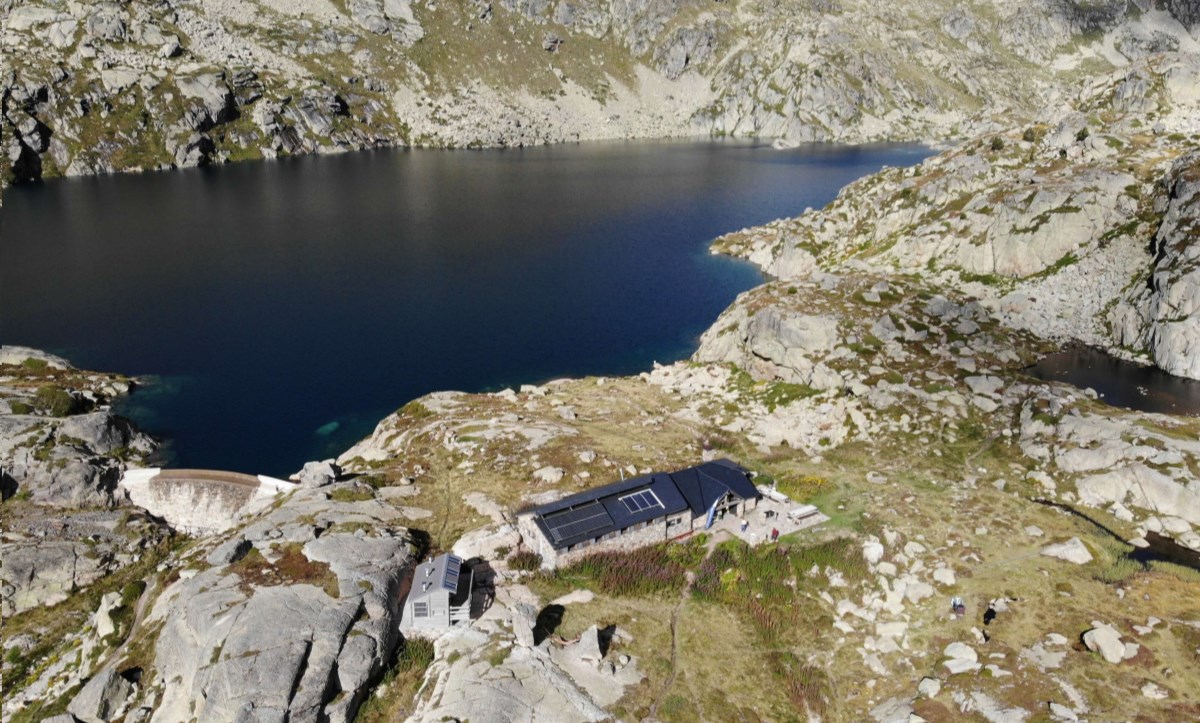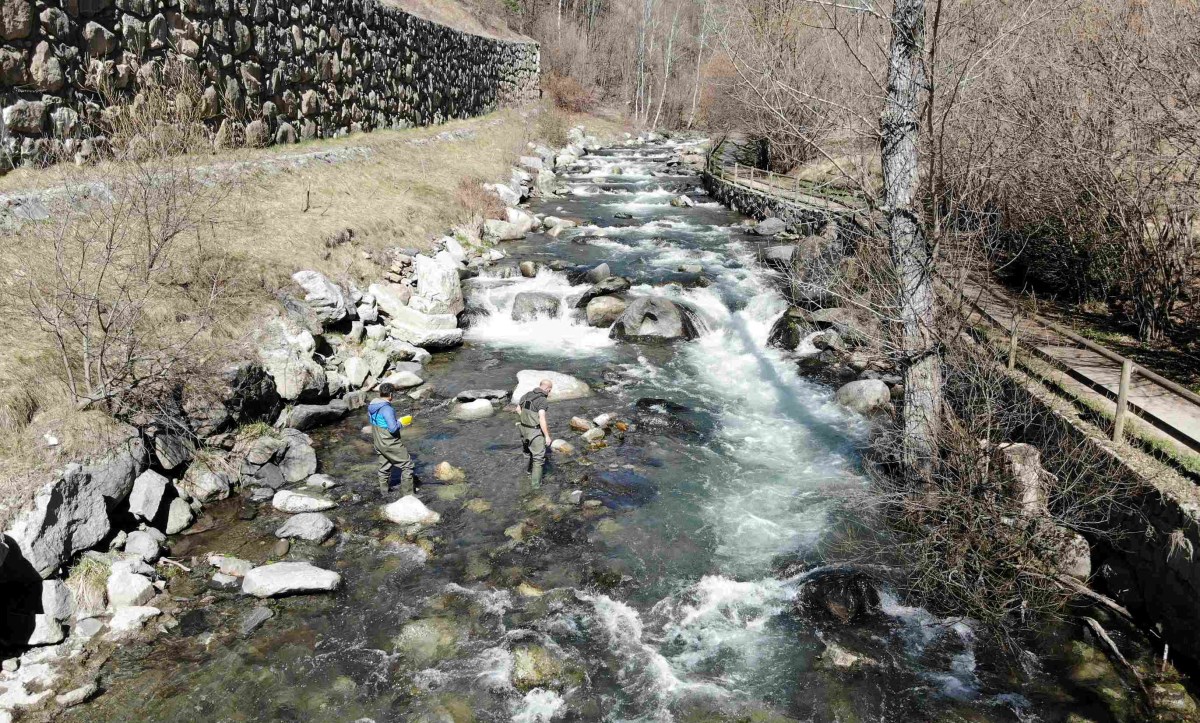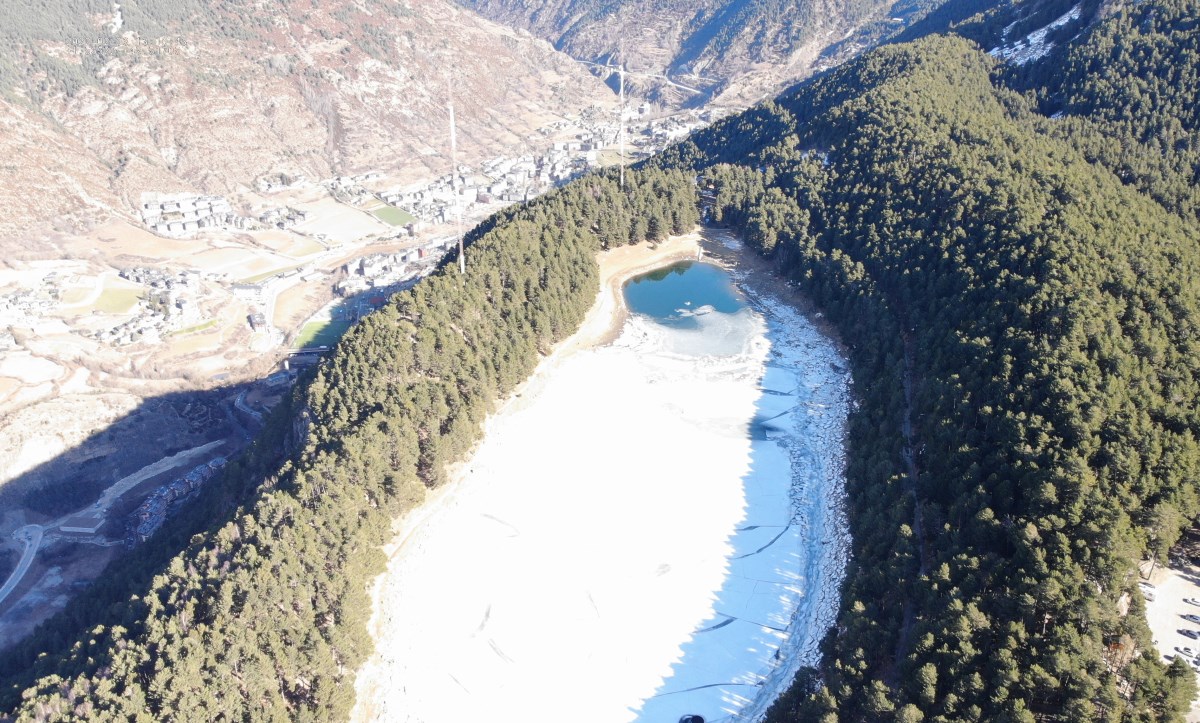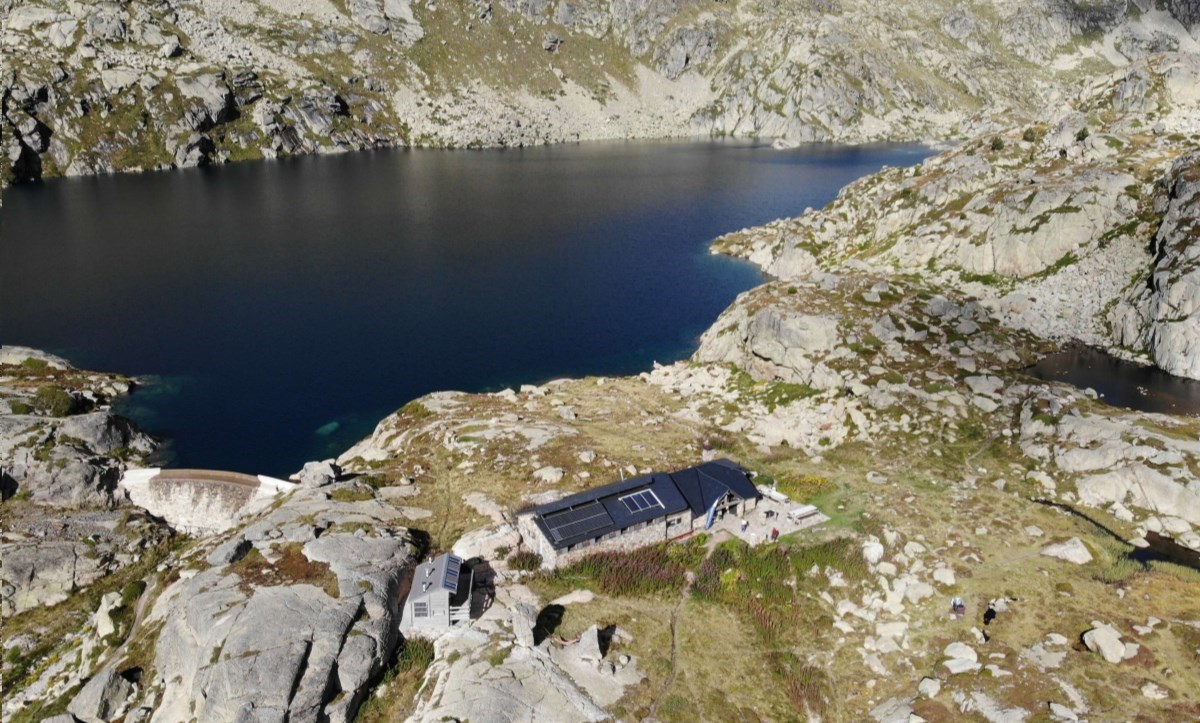Projects


Vertebrated by a mountain range that stretches from the Atlantic to the Mediterranean, the Pyrenees are particularly vulnerable to climate change. This cross-border territory feeds the runoff and recharge areas of the main slopes, basins, and aquifers of the region, and stands as the main source of water resources in the territory POCTEFA (INTERREG V-A Spain-France-Andorra Program).
The project "PIRAGUA - Assessment of the Pyrenean water resources in global change context, and adaptation measures with a significant impact on the territory" addresses the characterization of the hydrological cycle in the Pyrenees to improve the capacity of the territories to adapt to challenges posed by climate change and supports investment in climate change adaptation of water resource management. PIRAGUA aligns with the cross-border cooperation strategy of the Pyrenean Climate Change Observatory (OPCC), and develops actions focused on:
- Improving knowledge and developing regional databases.
- Establishment and monitoring of key indicators and development of future scenarios for water resources.
- Development of pilot experiences in the fields of reservoir management, forestry, and others.
- Estimating the costs associated with climate change.
- Elaboration of recommendations on sectoral adaptations.
- Transferring of the results to the stakeholders involved in the management of water resources in the territories of the POCTEFA program.
Although climate change is a global phenomenon, its effects are heterogeneous in the territory. The hydrological cycle of the Pyrenees must be approached across borders, as there is no coincidence between administrative boundaries and hydrographic boundaries, both at the surface and underground levels. On the other hand, there is also a need for homogenization of data between eight Pyrenean regions and seven water administrations.
The specific activity carried out in Andorra characterizes the uses and water resources available in the country by 2050, considering different socio-economic scenarios and the context of climate change. The modeling is done using the WEAP tool and is fed with climate change scenarios and their possible impacts (such as increased temperature and evapotranspiration, decreased rainfall, increased need for crop, snow, etc.). The model characterizes the different uses of water (domestic, tourist, snow production, agriculture, and energy) to study possible tensions between sectors of activity.
The case study makes a preliminar approach to the energy-water nexus. Both the White Paper on Energy [1] and the Sectoral Plan for Energy Infrastructure [2] place hydropower as a key element in achieving the country’s goals of improving energy sovereignty. One must add to this the growing need for water and energy to produce snow for climate change. These factors make it essential to study the energy-water nexus in an integrated way.
The implemented model allows to evaluate the future competition between water uses in Andorra and the incidence of different policies and management actions of the water resources as well as to analyze possible adaptation options [3], [4], [5]. The report "Evolución de los usos de los recursos hídricos y posibles tensiones bajo escenarios de cambio climático en Andorra" [6] describes in detail the andorran case study.
PIRAGUA also explores the social acceptance of the different adaptation measures to climate change. For this reason, the online survey “Water resources and climate change adaptation strategies” was carried out with the aim of capturing the opinion of Andorran citizens regarding climate change and the adaptation strategies to be applied to our country. The following link presents the results of the survey and the most prominent headlines.
The PIRAGUA open access repository contains datasets and scientific reports about the water balance and water resources of the Pyrenees (France, Spain and Andorra) in the recent past, present, and future projections. This includes data sets on current water uses and management, observed streamflow and groundwater statistics and trends, extreme events and floods, forcing historical and future climate, and water budget simulations for the historical and future periods, and two scientific reports: a physical basis report on the observed and projected changes in the Pyrenees’ water resources [7] and an adaptation options report based on a number of case studies [8].
This project has been funded by the Interreg-POCTEFA program and by the Government of Andorra through the Complementary Grants to the POCTEFA 2014-2020 (AUEP007-AND/2017). Andorra Research + Innovation, as an Andorran partner, participates in all the actions and very specifically in the case study “Evolution of the uses of water resources and possible tensions under climate change scenarios in Andorra”.
[1] Govern d’Andorra, Llibre Blanc de l’Energia d’Andorra, 2012.
[2] Govern d’Andorra, Pla sectorial d’infraestructures energètiques d’Andorra, 2018.
[3] C. Pesado-Pons, O. Travesset-Baro, J. Zabalza, J. López-Moreno, and M. Pons, “Sustainability of water resources in Andorra under global change: The effects of climate and socio-economic changes in the future of water resources,” in European Geosciences Union General Assembly, 2020.
[4] C. Pons Pesado, “La sostenibilitat de l’aigua a Andorra: efectes a llarg termini del canvi climàtic i socioeconòmic en el recurs hídric,” 2021.
[5] M. Domènech, O. Travesset-Baro, "Press conference: project conclusions", 2022.
[6] O. Travesset-Baro, M. Domènech, C. Pesado-Pons, M. Pons, "Evolución de los usos de los recursos hídricos y posibles tensiones bajo escenarios de cambio climático en Andorra", Actividad 4.7- Desarrollo y puesta en marcha de estrategias de adaptación, 2022.
[7] S. Beguería (coord.), “Caracterización de los recursos hídricos de los Pirineos en la actualidad, y escenarios futuros. Memorias científicas del proyecto PIRAGUA, vol. 1.,” Zaragoza, 2023.
[8] S. Beguería (coord.), “Adaptación al cambio climático en la gestión de los recursos hídricos de los Pirineos. Memorias científicas del proyecto PIRAGUA, vol. 2.,” Zaragoza.

 Marc Pons
Marc Pons Oriol Travesset
Oriol Travesset Marta Domènech
Marta Domènech

